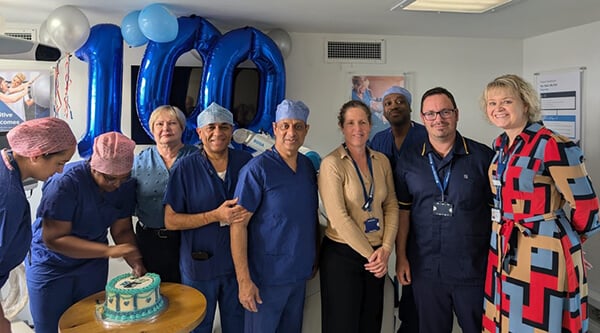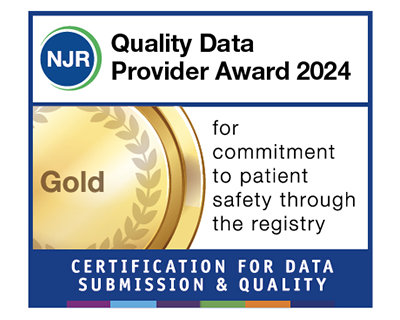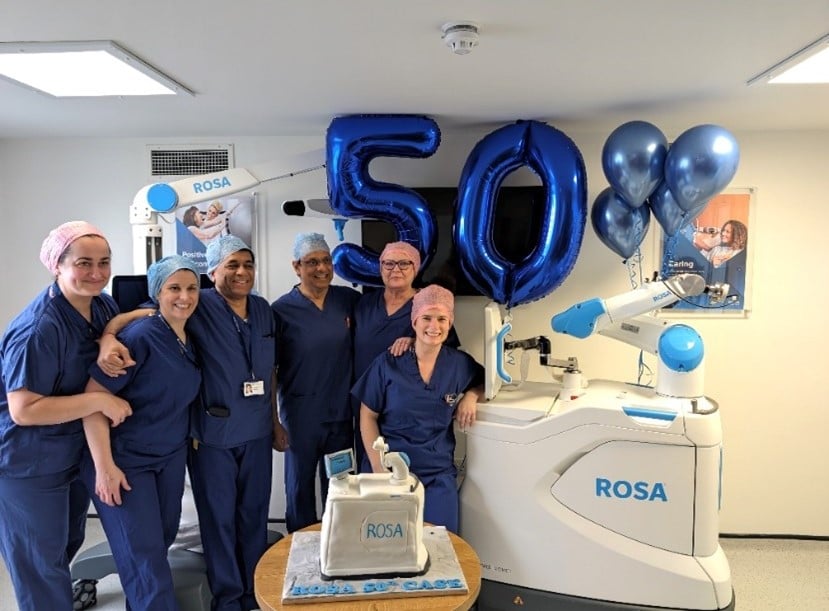Woodland Hospital Specialists
-
Mr Thangasamy Sankar
Mr T K Sankar is a Consultant Plastic and Cosmetic surgeon at the Woodland Hospital specialising in Breast. reduction, cosmetic breast surgery, body contouring, liposuction and sculpting, gender breast surgery nose reshaping, hand surgery, microsurgery and skin cancer removal
Read more -
-
Mr Dimitros Voliotidis
Mr Voliotidis is a Consultant Otolaryngologist in Glendon, Kettering who specialises in all aspects of General Otolaryngology.
Read more


